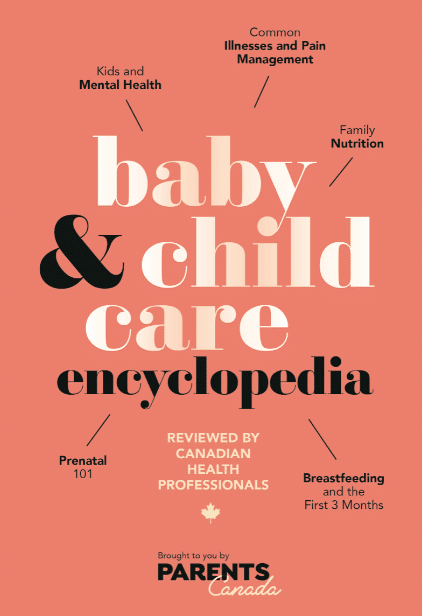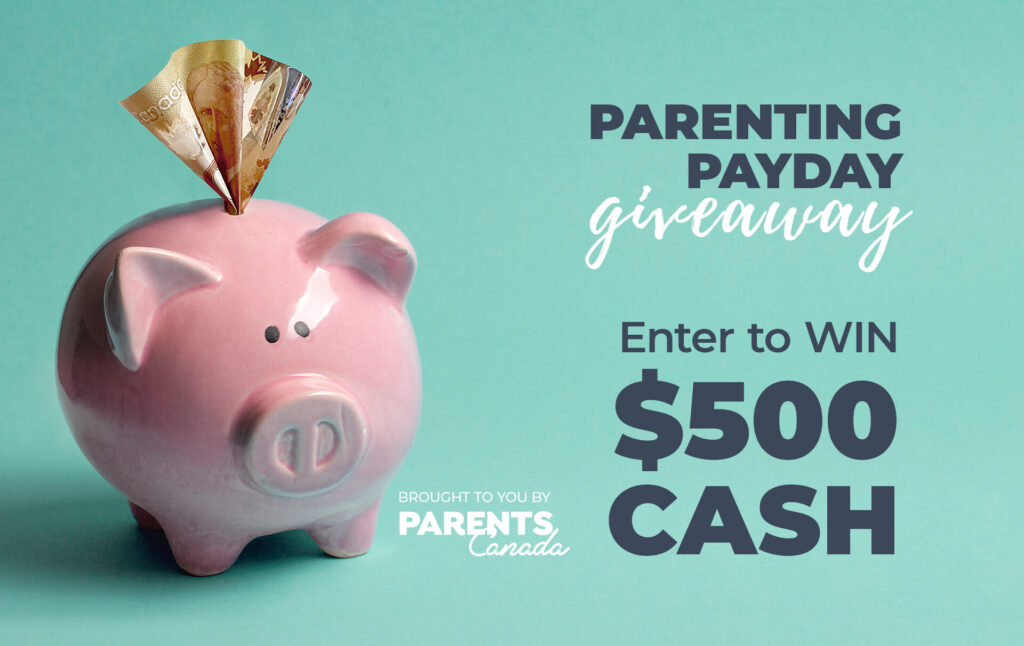 From the pages of the Baby & Child Care Encyclopedia: Chapter 9, Milestones, Checklists and Charts
From the pages of the Baby & Child Care Encyclopedia: Chapter 9, Milestones, Checklists and Charts
Your kiddo will grow in leaps and bounds in the first year—they’ll go from adorable little newborn bundles that pretty much just eat and sleep, to active, babbling babies with more personality than you ever thought possible. But for first time parents, it might be hard to know if their growth and development is on track, so with that in mind, we’ve collected the milestone info you’ll need as the months fly by.
Your child's growth
Weight
A baby’s weight usually doubles by the fourth month—and then triples by the end of the first year.
Height
Babies are about 70 centimetres long when they reach 12 months.
Head
Their head size increases quickly due to the brain’s fast growth, which pushes the skull bones outward in order to expand.
This growth rate is only a guide. If parents are unusually large or small, the baby may follow their growth pattern—and if the baby was smaller at birth for any reason, growth may remain smaller or show spurts. Call your doctor if your baby does not gain weight, or appears to lose weight over a period of days.
Your child's development
Babies progress slowly to gain control over their movements.
Neck
Your baby’s muscles become progressively stronger, and they will have full control over neck and head motions by about six months.
Body
Their body muscles become stronger and can control many movements.
- By three or four months, babies can roll over, belly to back.
- By four months, they can roll from back to belly.
- By six to seven months, your baby can sit for a few moments (with legs spread apart).
- By eight to nine months, the baby can sit steadily and change position from sitting to getting on the floor and back again.
Arms and Legs
Movements become stronger and more purposeful.
- Around five months, your baby will be able to straighten their legs when they lie on their back.
- Around six months, their legs come up so far that your baby can get hold of a foot and bring it to their mouth.
- Around eight to nine months, your infant can make crawling motions to move on the floor commando-style.
- Around 10 months, arms and legs are strong enough to help your baby creep on hands and knees and pull to stand.
- Around 10 to 11 months, your baby may cruise around the crib or coffee table while holding onto it.
- Around 12 months, your baby may take their first steps.
Hands
In the first 12 months, there is a fascinating progression from reflex grasping to precise reaching out and grasping actions.
- Around three to four months: Your baby will reach out to grasp a toy
- Around six months: Your little one will hold a rattle or toy and is able to pass it from one hand to another.
- Around seven months: They will try to get hold of small items.
- Around eight months: They can pick up very small items with their whole hand.
- Around nine months: They will pick up small items with their thumb and the rest of the hand.
- Around 11 to 12 months: They can pick up items with the tip of thumb and forefinger, called the pincer grasp.
Speech and language
Babies have an urge to make sounds and show an interest in the sounds parents or others make.
- Around one or two months: Your baby recognizes and pays special attention to your voice. As muscles of the lips, tongue and other mouth muscles develop, your baby will make more advanced sounds, cooing, squealing.
- Around two to three months: They will start to make more sounds when you talk to them. It’s like the beginning of a conversation.
- Around eight months: They start to make “Mama” and “Dada” sounds, but they don’t really make the connection between the sound and the person.
- Around nine to 10 months: They will use these sounds as special signals to call for you, or to greet people who come to see them.
- Around 12 months: Your baby will likely have other sounds that have meaning, like “ba” for bottle and “do” for dog. Just by the tone of your baby’s sounds, you will learn if they are pleased, lonely, angry or need comforting.
By 12 months, your baby understands several names of people or objects and shows understanding by looking at the person or object. Your baby understands tone of voice, too, and will frown if your voice is louder or sharper. Consult a physician if your baby does not show interest, does not turn their head to sounds and if your baby’s own sounds do not seem to progress.
Emotional development
Between the second and seventh month, your baby will connect that there are very special people in his life who are always there when needed.
Between the fourth and 12th month, your baby discovers that those special people are separate but can be communicated with through looks, touch and play. At one year, your baby is moving around, can get ahold of things, and start to communicate by changing facial expressions and making gestures and sounds.
Observe that your baby is alert, smiles, looks at and plays with you —and may show some distress when you leave (and also may “make strange” when meeting new people).
Cognitive development
Babies are curious to see, hear and touch. As months go by, their eyes follow people as they move around. Babies also learn to scan for sounds—at the beginning with eye movements and later by turning their heads.
As soon as they can grasp, they can get ahold of anything that is nearby; they will look at what they’re holding, put it in their mouth, shake it, bang it, throw it and pass it from one hand to another.
If a toy they like is hidden, they will remember and search for it where they last saw it (like toy peek-a-boo!).
They will often bang two toys together or try to fit one toy inside the other.
For more on newborn and baby development, see Chapter 2.
Nipissing District Developmental Screen The NDDS is often touted as the Canadian standard for milestone assurances. The NDDS is a series of checklists designed to give parents a sense of whether their child is hitting age-appropriate developmental milestones, and, should there be a concern, directing parents when to have their child seen by a paediatrician or GP. Parents can register for monthly prompts up to 30 months, and then yearly prompts up to age six, at lookseechecklist.com.
As you watch your child grow and learn, saving with a CST RESP will help you support their dreams. Visit www.cst.org to learn more.
The Milestones, Charts and Checklists chapter of the Baby & Child Care Encyclopedia has been made possible by CST Consultants Inc.
Read more from the Baby & Child Care Encyclopedia.
-
-
- Prenatal 101
- Breastfeeding and the First Three Months
- Starting Solids and the Toddler Years
- An Age-by-Age Guide to Sleep
- Family Nutrition
- Kids and Mental Health
- When Your Child is Sick
- Safety and First Aid
- Milestones, Checklists and Charts
-



















